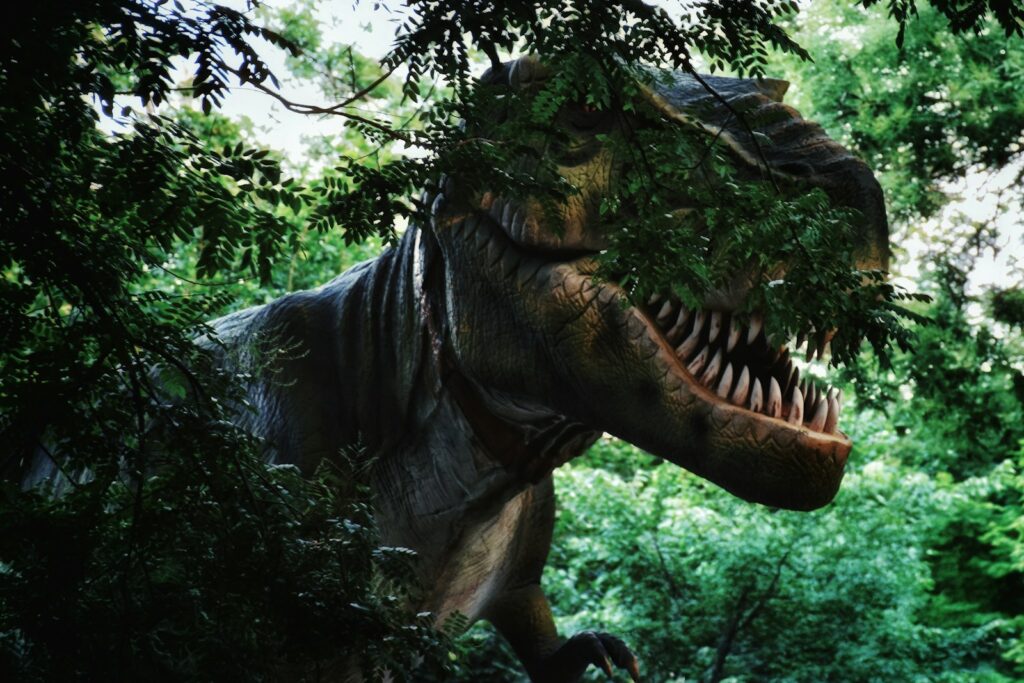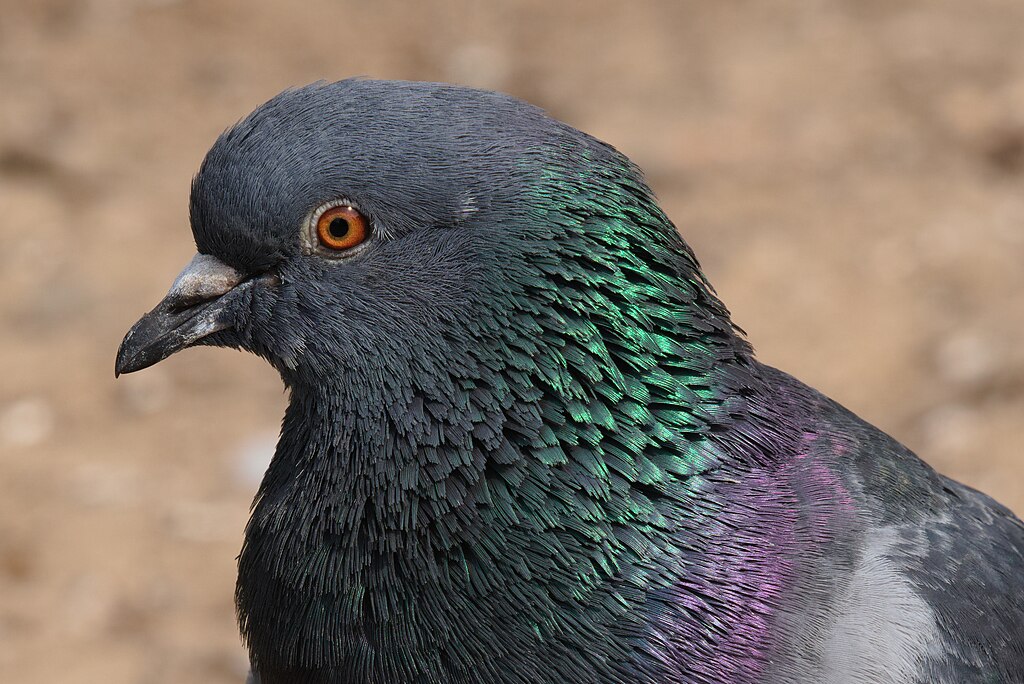The dietary requirements of extinct dinosaurs compared to modern megafauna present a fascinating study in evolutionary biology and ecological adaptation. Stegosaurus, with its distinctive plates and spikes, roamed Earth during the Late Jurassic period approximately 150 million years ago, while today’s elephants represent some of the largest land animals in our modern ecosystem. Understanding the nutritional needs of these massive herbivores offers valuable insights into how body size, metabolism, and environmental factors influence feeding behaviors across different evolutionary timelines. This comparison explores how much a Stegosaurus might have consumed daily relative to an African elephant, examining the scientific methods paleontologists and zoologists use to estimate food intake in both extinct and extant species.
Size and Weight Comparison

Before diving into dietary requirements, we must establish the physical dimensions of both animals. The average Stegosaurus measured around 9 meters (30 feet) in length and stood about 4 meters (13 feet) tall at the highest point of its back plates. Weight estimates place an adult Stegosaurus between 5-7 metric tons. By comparison, modern African elephants typically reach heights of 3-4 meters (10-13 feet) at the shoulder and lengths of 6-7.5 meters (20-24.6 feet). Adult African elephants weigh between 4-7 tons, with males generally being larger than females. The relatively similar weight ranges between these species provide a useful starting point for comparing their potential food intake, though their vastly different physiologies would have influenced their nutritional needs significantly.
Metabolic Differences Between Mammals and Dinosaurs
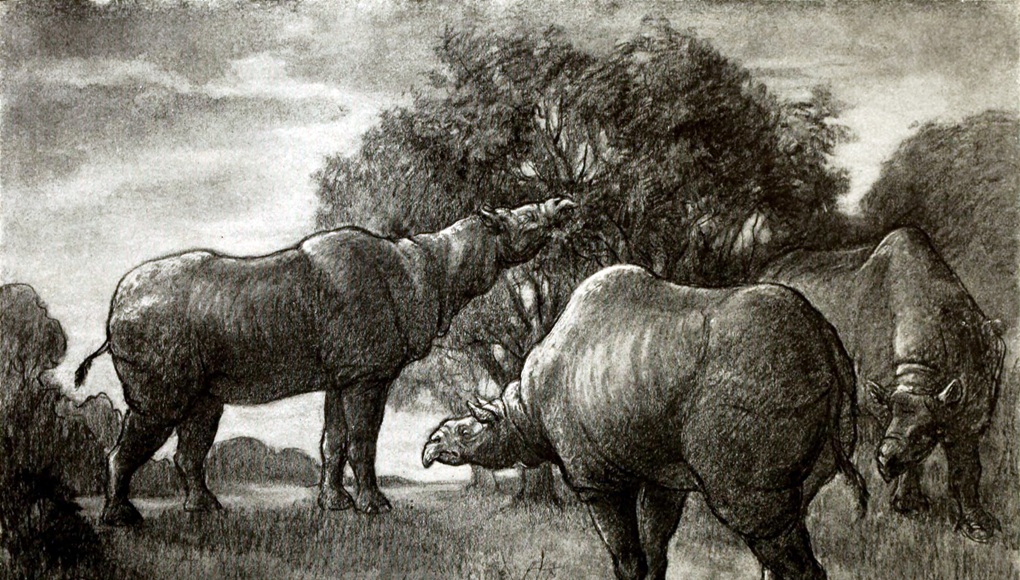
A crucial factor in estimating food consumption is understanding the fundamental metabolic differences between mammals and dinosaurs. Modern elephants, as mammals, are endothermic (warm-blooded), maintaining a constant body temperature regardless of environmental conditions through internal metabolic processes. This requires substantial energy intake. The metabolic nature of dinosaurs has been debated for decades, with current evidence suggesting many dinosaurs, including Stegosaurus, likely had metabolic rates somewhere between modern reptiles and mammals – what scientists sometimes call “mesothermic.” This intermediate metabolism would have significant implications for food consumption. Studies indicate that a mesothermic Stegosaurus would require less food per unit of body weight than an endothermic elephant, possibly consuming 30-50% less calories despite similar body mass.
Elephant Daily Food Requirements

Modern African elephants are prodigious eaters, consuming approximately 4-7% of their body weight in vegetation daily. For an average 6-ton elephant, this translates to 240-420 kg (529-926 pounds) of plant matter every day. Elephants spend 12-18 hours per day feeding, consuming a diverse diet of grasses, leaves, bark, fruits, and roots. Their high-fiber, relatively low-nutrient diet necessitates this enormous intake, as they extract only about 40% of the nutritional content from their food due to relatively inefficient digestion. Elephants must consume this remarkable quantity of vegetation to fuel their endothermic metabolism, support their massive bodies, and compensate for their incomplete digestive efficiency. During peak feeding seasons, some bull elephants have been documented consuming over 450 kg (990 pounds) of vegetation in a single day.
Estimating Stegosaurus Feeding Habits

Determining the feeding habits of an animal extinct for 150 million years presents significant challenges, but paleontologists employ multiple methods to make educated estimates. Fossil evidence, including Stegosaurus teeth and jaw structures, indicates these dinosaurs were low-level browsers, feeding primarily on ferns, cycads, and other Jurassic plants growing below 4 meters in height. Their peg-like teeth and weak bite force suggest they engaged in simple cropping of vegetation rather than extensive chewing. Studies of their fossilized stomach contents (known as cololites) and coprolites (fossilized dung) provide direct evidence of their diet, revealing a preference for tough, fibrous plant material. Additionally, by analyzing wear patterns on fossilized teeth, scientists can determine the abrasiveness of their typical diet and estimate feeding mechanics.
Calculating Dinosaur Food Intake
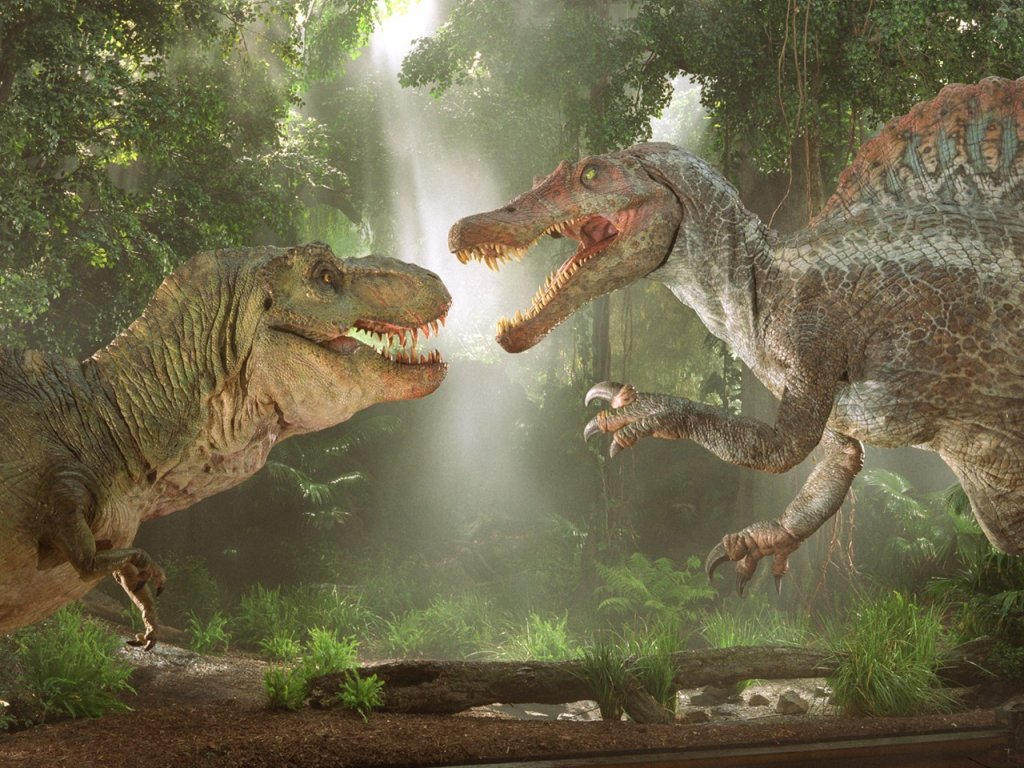
Scientists use several approaches to estimate food consumption in extinct animals like Stegosaurus. One method involves creating energy budget models based on body mass, estimated metabolic rate, and nutritional content of Jurassic vegetation. Another approach examines modern analogues – studying living relatives (birds and crocodilians) and scaling their metabolic needs to dinosaur proportions. Using these methods, paleobiologists estimate that a 6-ton Stegosaurus with a mesothermic metabolism might have consumed approximately 2-3% of its body weight daily in vegetation. This would amount to roughly 120-180 kg (264-397 pounds) of plant matter per day – significantly less than an elephant of comparable size. This lower intake reflects both metabolic differences and possibly more efficient digestion through extended gut retention times, a strategy employed by many modern reptiles.
Digestive System Differences
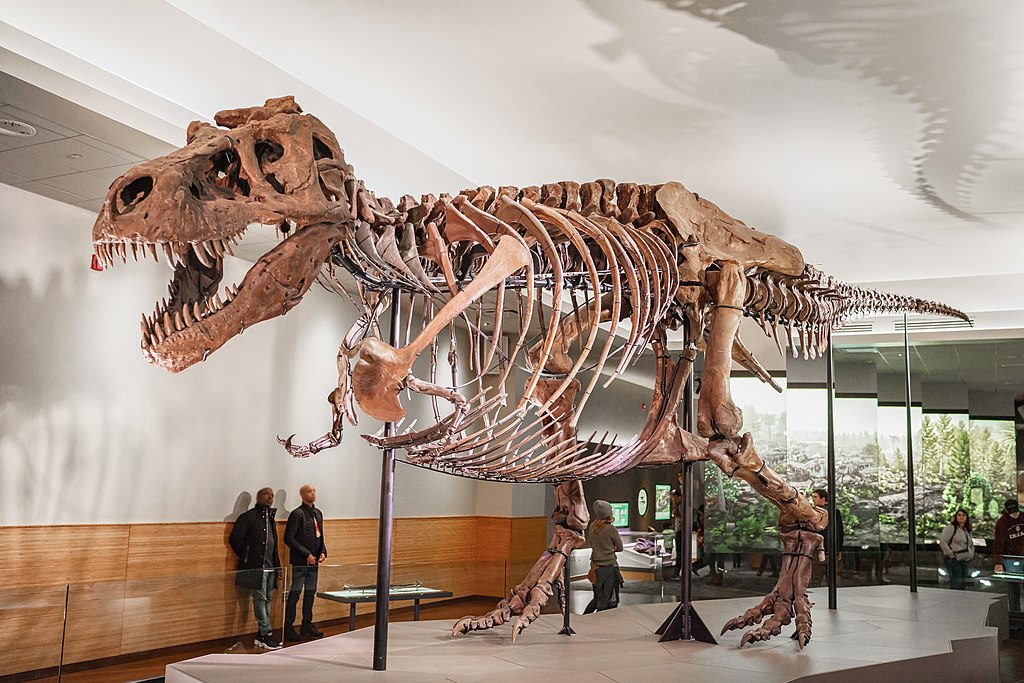
The digestive capabilities of elephants and Stegosaurus differed substantially, influencing their food requirements. Modern elephants have a simple digestive system without the complex, multi-chambered stomach found in ruminants like cows. Food passes relatively quickly through an elephant’s digestive tract, with poor efficiency – only about 40-50% of potential nutrients are extracted. By contrast, evidence suggests Stegosaurus may have employed a more reptilian approach to digestion, with slower food processing and potentially gastroliths (stomach stones) to aid mechanical breakdown of fibrous plant material. Many paleontologists believe Stegosaurus utilized hindgut fermentation, possibly with an enlarged cecum or colon where bacterial fermentation could break down tough plant cellulose. This digestive strategy, combined with longer food retention times, would have allowed Stegosaurus to extract more nutrition from less food compared to elephants.
Jurassic vs. Modern Vegetation

The nutritional content of available vegetation represents another critical factor in this comparison. The Jurassic landscape Stegosaurus inhabited (approximately 150 million years ago) featured a dramatically different plant community than what modern elephants encounter. Flowering plants (angiosperms) had not yet evolved to dominance, meaning Stegosaurus fed primarily on gymnosperms, ferns, cycads, and ginkgoes. These prehistoric plants generally contained different nutritional profiles than modern vegetation, often with higher fiber content and different arrangements of lignin and cellulose. Studies of preserved plant fossils from the Jurassic period suggest the available vegetation may have contained less readily available energy per unit mass than modern plants. This lower nutritional density would potentially require Stegosaurus to process larger volumes of plant matter to extract sufficient calories, partially offsetting its metabolic advantage over elephants.
Feeding Strategies and Behavioral Adaptations

Behavioral adaptations for feeding efficiency likely differed significantly between elephants and Stegosaurus. Modern elephants use their highly dexterous trunks to gather food efficiently, allowing precise selection and manipulation of preferred plant parts. They can strip bark, pluck fruits, or uproot entire small trees to access preferred foods. Additionally, elephants migrate seasonally to follow optimal feeding conditions. Stegosaurus, lacking a prehensile trunk, would have relied on its relatively small head and simple peg-like teeth for cropping vegetation. Its low-slung head position suggests it primarily fed on low-growing plants. Some paleontologists theorize that Stegosaurus may have engaged in fermentative digestion, potentially allowing it to process lower-quality vegetation more efficiently than elephants can. This adaptation would have been particularly valuable given the high-fiber, tough plant matter available in the Jurassic ecosystem.
Water Requirements and Hydration

Water intake represents another important aspect of comparing Stegosaurus and elephant consumption. Modern elephants require enormous quantities of water, drinking 70-200 liters (18-52 gallons) daily, with this requirement increasing during hot weather or dry seasons. This high water demand relates directly to their endothermic metabolism, which generates substantial body heat that must be regulated, partially through evaporative cooling. Stegosaurus, with its presumed mesothermic or partially ectothermic metabolism, would likely have required significantly less water per unit of body weight. Paleobiologists estimate that Stegosaurus might have required only 20-40% of the water intake of a similarly-sized elephant. Additionally, the distinctive back plates of Stegosaurus may have served partly as thermoregulatory structures, potentially reducing water requirements for cooling compared to elephants, which must rely heavily on evaporative cooling through their ears and through drinking water.
Seasonal Variations in Feeding
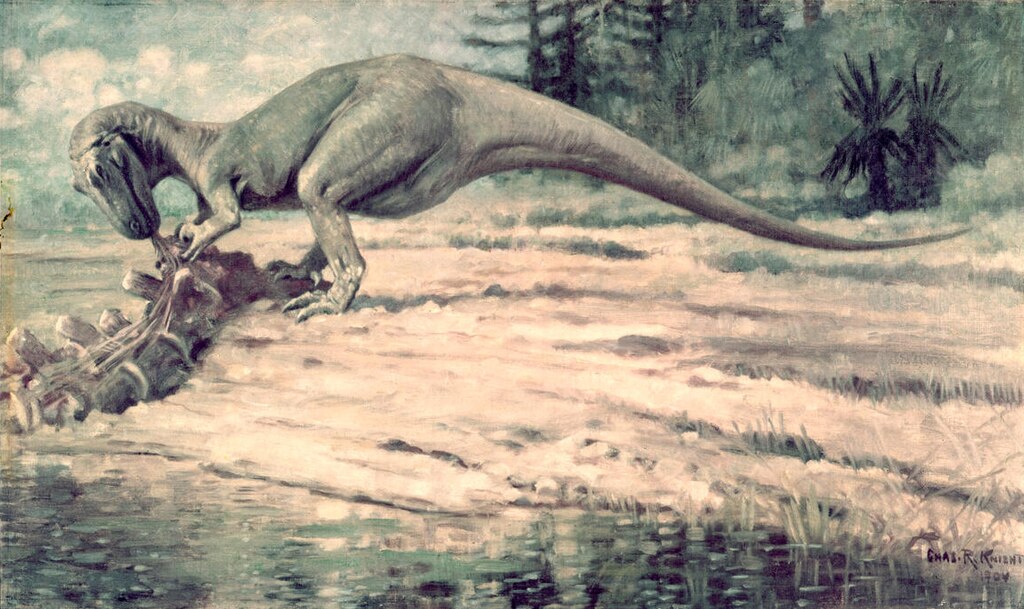
Both Stegosaurus and elephants would experience seasonal variations in feeding patterns, though these would manifest differently. Modern elephants adjust their diets seasonally based on plant availability, switching between grasses during wet seasons and more browse (leaves, twigs) during dry periods. During resource-limited periods, elephants may increase their daily range to find adequate nutrition, sometimes traveling over 80 kilometers in search of food and water. For Stegosaurus, seasonal variations in the Jurassic would have also influenced feeding behaviors. Paleoclimatic evidence suggests the Late Jurassic experienced distinct wet and dry seasons in many regions. During drier periods, Stegosaurus may have been forced to consume lower-quality vegetation or potentially reduce their metabolic needs through behavioral adjustments. Some paleontologists hypothesize that Stegosaurus might have employed metabolic flexibility, potentially lowering energy requirements during resource-scarce seasons – an adaptation unavailable to strictly endothermic elephants.
Ecological Impact of Feeding Behaviors

The ecological footprints of feeding by these megaherbivores would have differed significantly. Modern elephants are considered ecosystem engineers, dramatically altering their environment through feeding behaviors. By toppling trees, stripping bark, and heavily grazing, elephant herds create clearings that benefit numerous other species and maintain savanna ecosystems. An adult elephant population can consume and process thousands of tons of vegetation annually in a confined area. Stegosaurus likely had a different but equally significant ecological impact. Their feeding behaviors would have exerted selective pressure on Jurassic plants, potentially favoring those with chemical defenses or growth patterns that deterred dinosaur browsing. The slower metabolic rate and potentially more efficient digestion of Stegosaurus might have resulted in less environmental disturbance per individual compared to elephants, but their population densities and total biomass in the ecosystem would have been crucial factors in determining their overall ecological impact.
Scientific Methods for Studying Ancient Diets

Modern paleontological techniques have revolutionized our understanding of dinosaur diets and consumption rates. Stable isotope analysis of fossilized teeth and bones can reveal details about an animal’s diet by examining carbon, oxygen, and nitrogen ratios preserved in remains. These chemical signatures help distinguish between different food sources and can indicate trophic level within an ecosystem. Dental microwear analysis examines microscopic scratches and pits on fossil teeth to determine the abrasiveness and types of food consumed. For Stegosaurus specifically, the discovery of gastroliths (stomach stones) associated with some specimens suggests these may have aided in mechanical breakdown of tough plant material. Additionally, coprolite (fossilized feces) analysis provides direct evidence of consumed materials, sometimes preserving plant fragments identifiable to the genus level. Computer modeling using principles of biomechanics and energetics now allows researchers to simulate feeding behaviors and test hypotheses about prehistoric animals’ dietary requirements with increasing sophistication.
Implications for Understanding Dinosaur Ecology
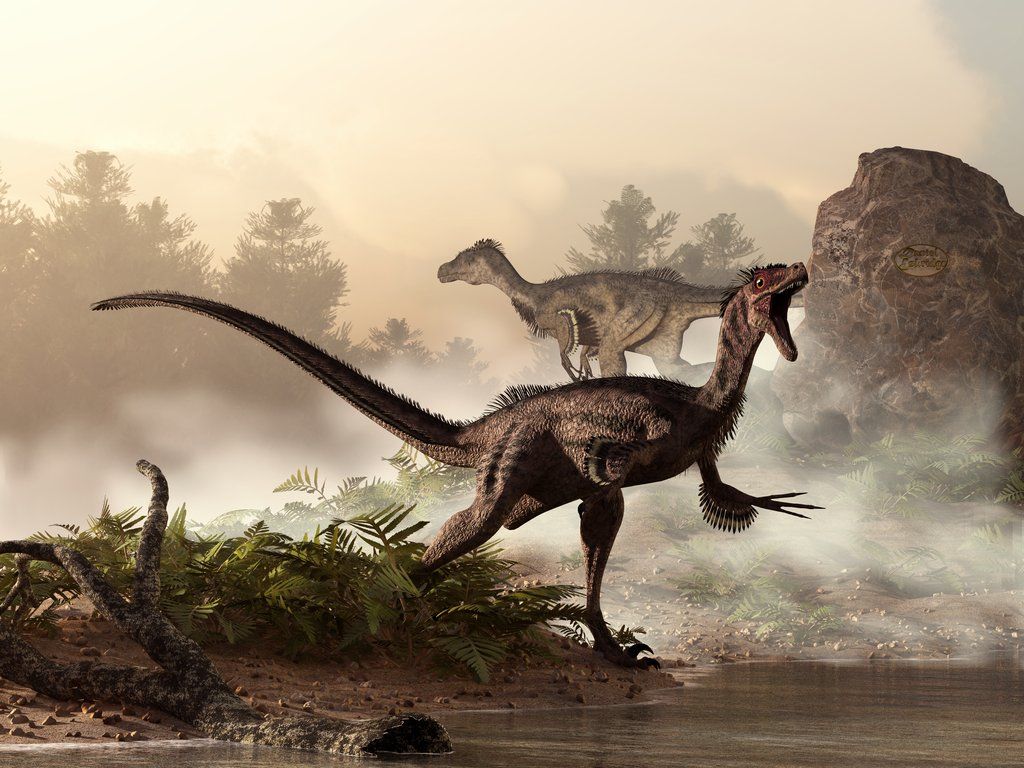
The comparison between Stegosaurus and elephant food consumption offers broader insights into dinosaur ecology and evolution. The relatively lower metabolic demands of Stegosaurus compared to similarly-sized mammals might help explain how so many massive dinosaur species could coexist in Jurassic ecosystems. With each individual requiring less food than a comparably-sized mammal, the environment could potentially support greater numbers and diversity of large-bodied dinosaurs. This metabolic efficiency may have been one evolutionary advantage allowing dinosaurs to dominate terrestrial ecosystems for over 160 million years. Additionally, understanding how much vegetation ancient dinosaurs consumed helps paleontologists reconstruct entire prehistoric food webs and ecosystems. By estimating plant productivity and herbivore consumption rates, scientists can model the carrying capacity of ancient landscapes and better understand predator-prey relationships, competitive dynamics, and ecological niches within dinosaur communities throughout the Mesozoic era.
Conclusion: Bridging Ancient and Modern Megaherbivores

When comparing the dietary requirements of Stegosaurus and elephants, we find that despite similar body masses, these animals likely had substantially different nutritional needs. A 6-ton Stegosaurus probably consumed approximately 120-180 kg of vegetation daily, while a modern elephant of similar size requires 240-420 kg – potentially more than double the dinosaur’s intake. This disparity stems primarily from fundamental differences in metabolism, digestion efficiency, and thermoregulation strategies. While our understanding of dinosaur physiology continues to evolve with new research and technologies, this comparison illustrates the fascinating adaptations that have allowed megaherbivores to thrive in different evolutionary eras. By studying these differences, scientists gain valuable insights into both ancient ecosystems and the evolutionary pressures that have shaped modern animals. The remarkable efficiency of dinosaur metabolism may even offer lessons for understanding energy utilization and resource management in contemporary ecological systems.

